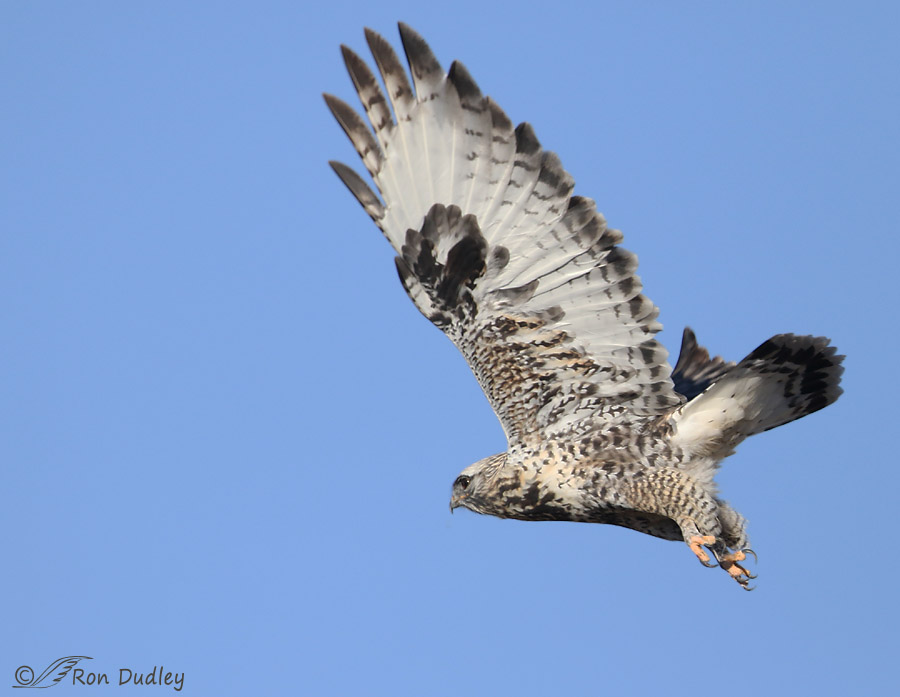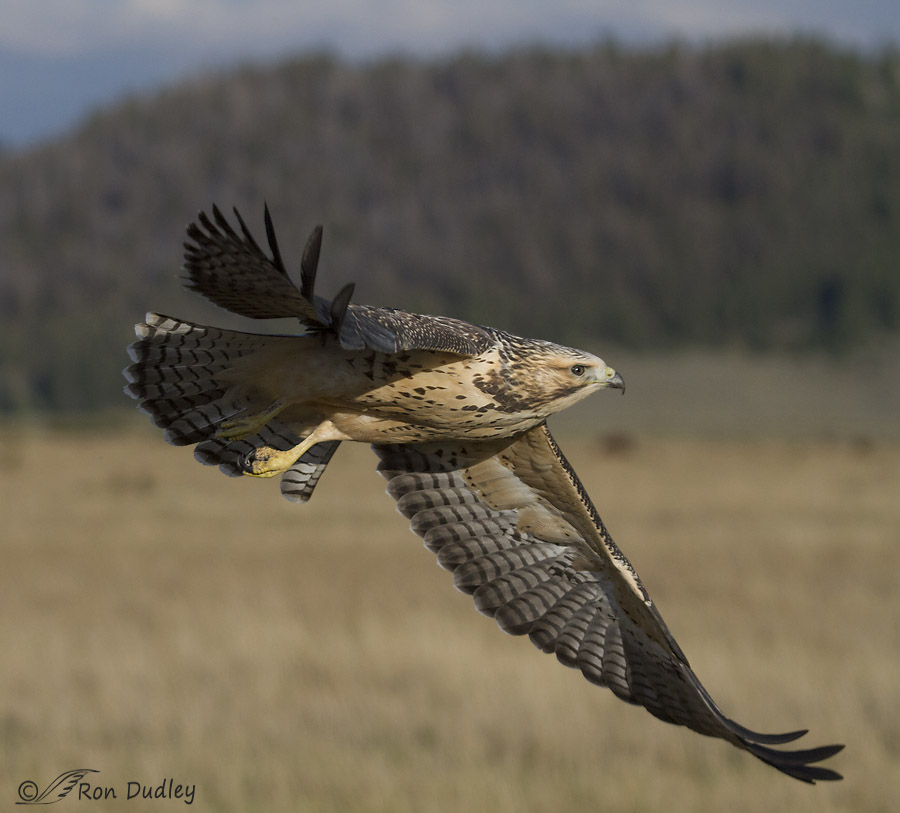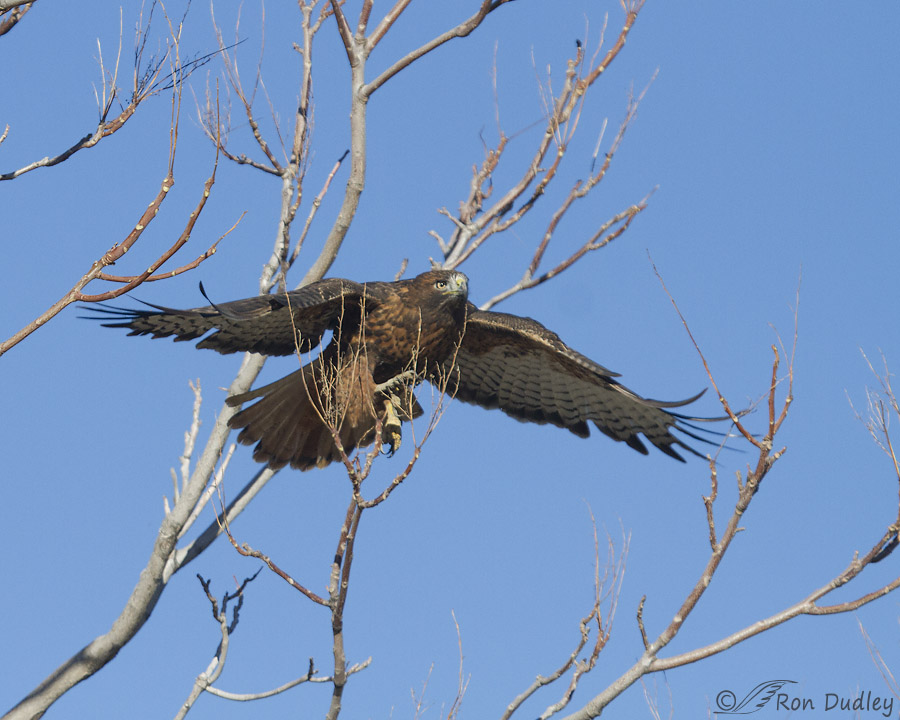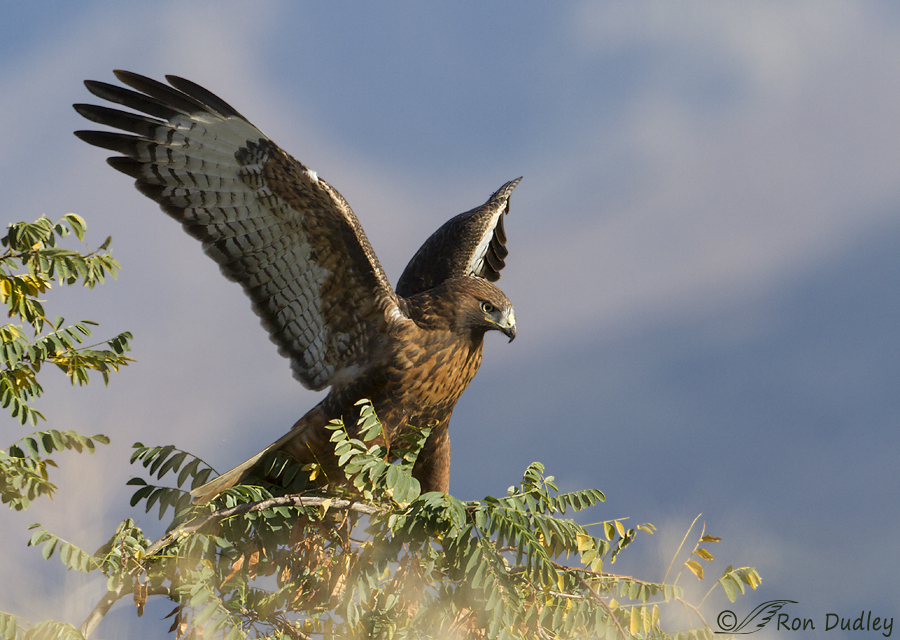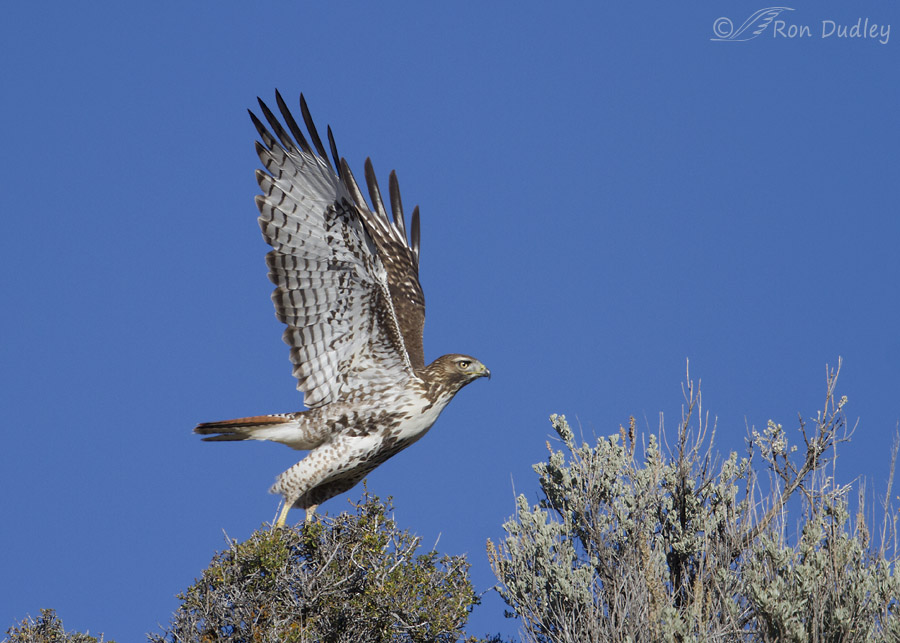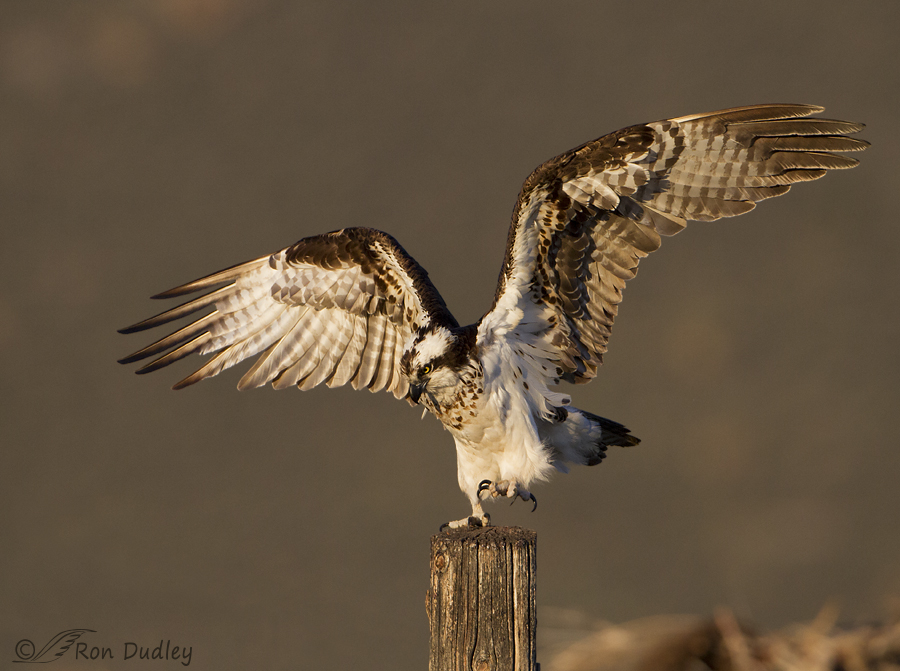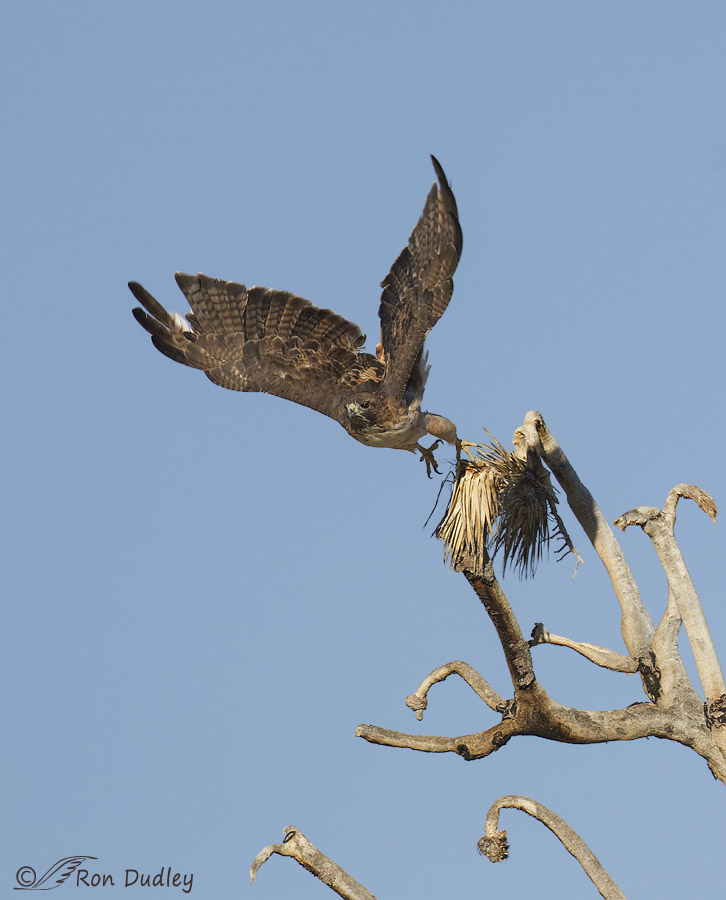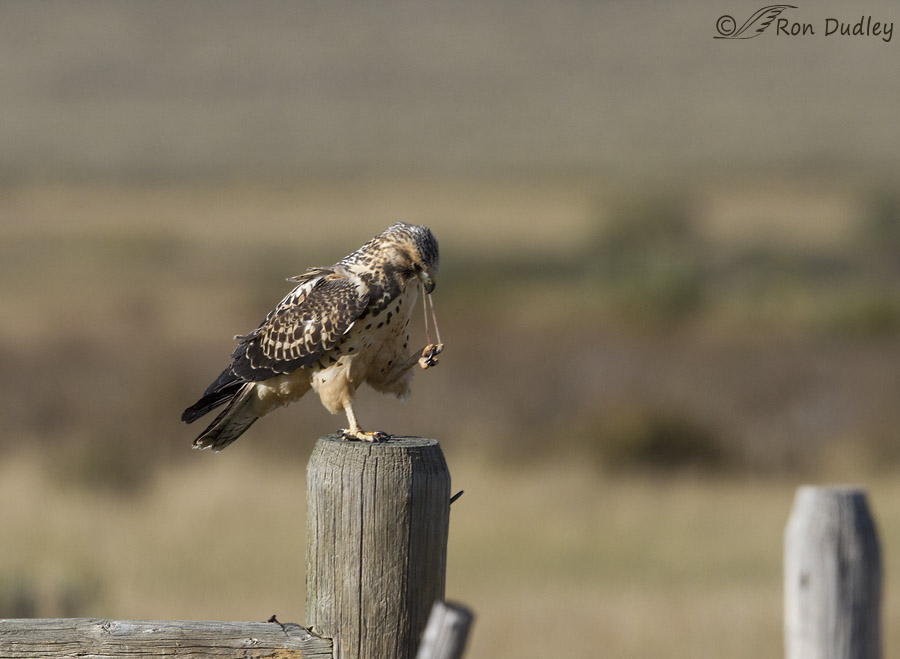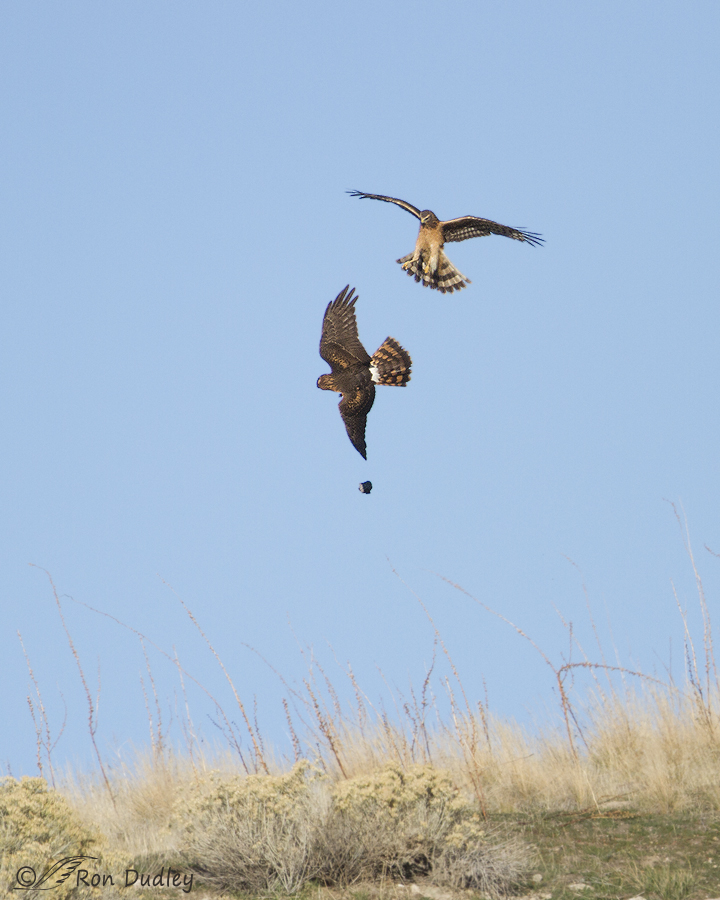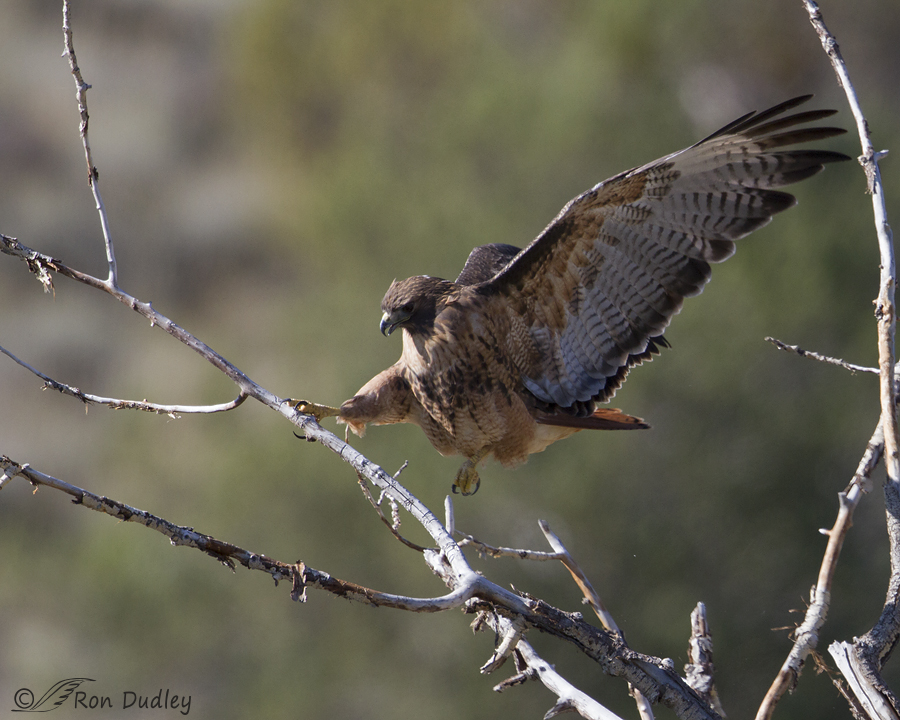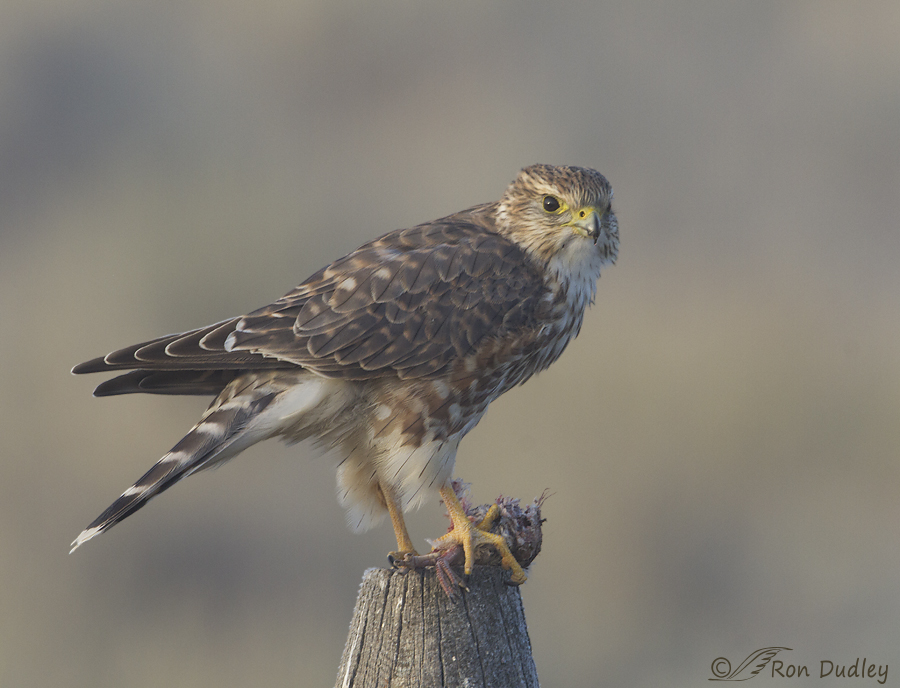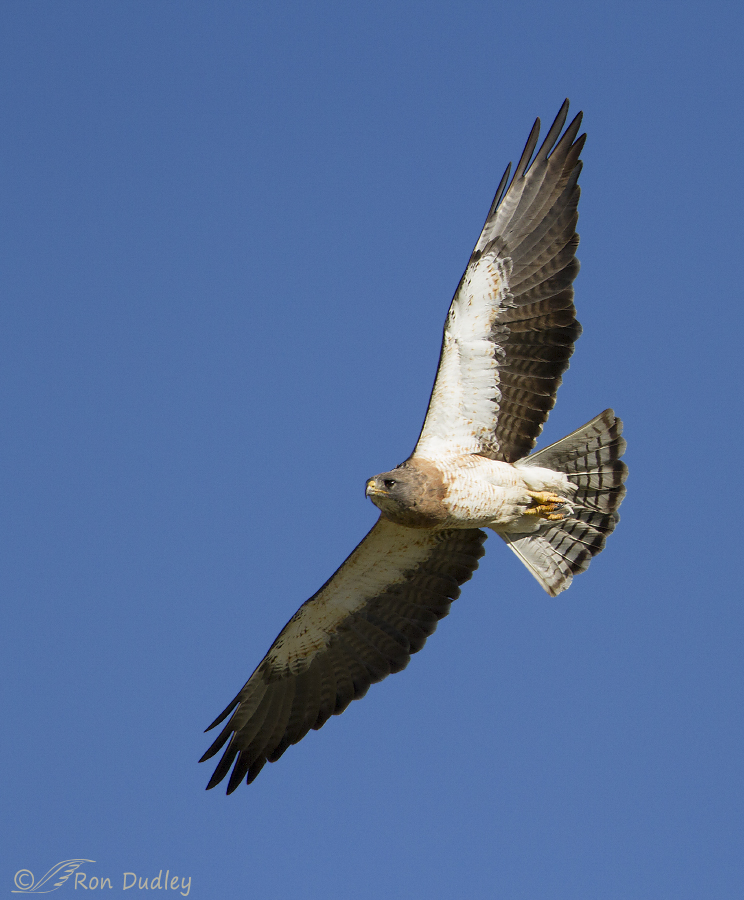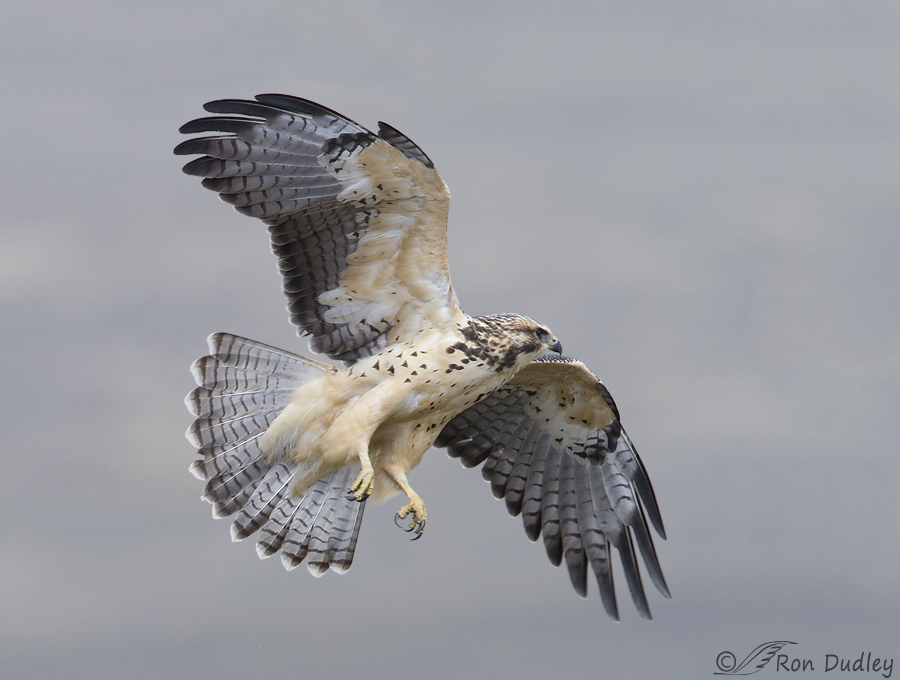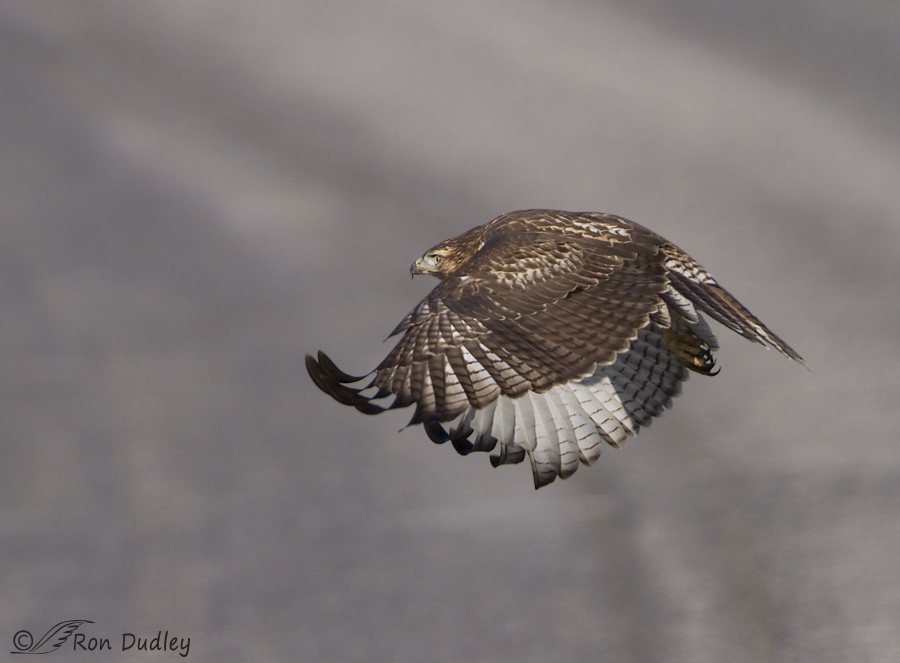Category: Diurnal Raptors
Swainson’s Hawk Up Close And In Flight
Red-tailed Hawk Negotiating Obstacles At Take-off
Red-tailed Hawk (and a new blog post, finally!)
East Canyon Red-tailed Hawk
An Osprey Pirouette
Joshua Trees, A Red-tailed Hawk And Waiting For The Moon
A Digestive Surprise For A Young Swainson’s Hawk
Northern Harriers Playing With Toys
An Acrobatic Red-tailed Hawk
Montana Merlin In The Fog
Curious Swainson’s Hawk Checking Me Out In Flight
Northern Harrier “Playing”
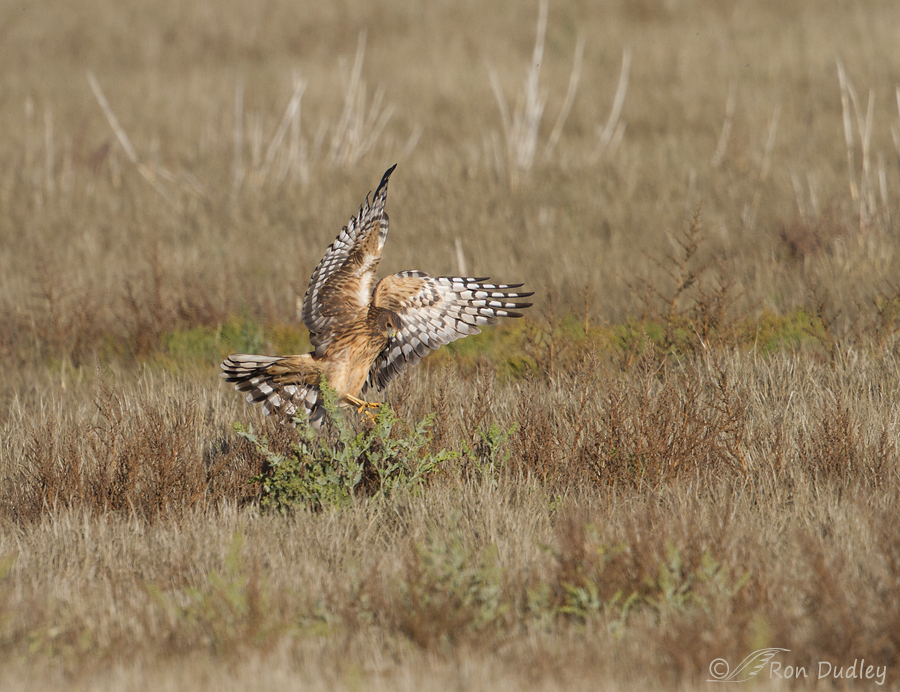
Play has been well documented in some bird species and I believe I photographed that behavior in a Northern Harrier this week. This bird was too far away for quality images but I think the behavior is well documented in the photographs. I first spotted this hawk on an ugly metal fence post but as soon as I stopped my pickup to watch it through my lens the wary bird took off. Almost immediately it performed a spectacular and classic harrier mid-air maneuver by changing directions and pouncing on something in the grasses. I presumed it to be a vole. For about two minutes the bird continually struggled, wrestled and pounced on something I couldn’t see. The activity was quite frenetic and I took many photos of it. As I watched through my lens I wondered if the harrier was trying to avoid being bitten by a vole or even a larger rodent. Eventually the harrier took off with its “prey”, which turned out to be dried cow poop. Cow pies are common in this area because refuge managers run cattle there in the summer in an attempt to control invasive phragmites (personally I’m not a fan of cattle on public lands but that’s another story…). The harrier carried the cow pie only a few feet… before dropping it. Whether that was done deliberately or not I don’t know but I suspect that it was because in the image just before this one (just as the pie…
Juvenile Swainson’s Hawk Presenting Its Best Side In Flight
Why Did The Red-tailed Hawk Cross The Road?
Swainson’s Hawk Up Close And In Flight
Red-tailed Hawk Negotiating Obstacles At Take-off
Red-tailed Hawk (and a new blog post, finally!)
East Canyon Red-tailed Hawk
An Osprey Pirouette
Joshua Trees, A Red-tailed Hawk And Waiting For The Moon
A Digestive Surprise For A Young Swainson’s Hawk
Northern Harriers Playing With Toys
An Acrobatic Red-tailed Hawk
Montana Merlin In The Fog
Curious Swainson’s Hawk Checking Me Out In Flight
Northern Harrier “Playing”

Play has been well documented in some bird species and I believe I photographed that behavior in a Northern Harrier this week. This bird was too far away for quality images but I think the behavior is well documented in the photographs. I first spotted this hawk on an ugly metal fence post but as soon as I stopped my pickup to watch it through my lens the wary bird took off. Almost immediately it performed a spectacular and classic harrier mid-air maneuver by changing directions and pouncing on something in the grasses. I presumed it to be a vole. For about two minutes the bird continually struggled, wrestled and pounced on something I couldn’t see. The activity was quite frenetic and I took many photos of it. As I watched through my lens I wondered if the harrier was trying to avoid being bitten by a vole or even a larger rodent. Eventually the harrier took off with its “prey”, which turned out to be dried cow poop. Cow pies are common in this area because refuge managers run cattle there in the summer in an attempt to control invasive phragmites (personally I’m not a fan of cattle on public lands but that’s another story…). The harrier carried the cow pie only a few feet… before dropping it. Whether that was done deliberately or not I don’t know but I suspect that it was because in the image just before this one (just as the pie…


